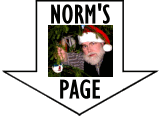S.U.C.O.
State University of New York
College at Oswego
(1970 - 1974)
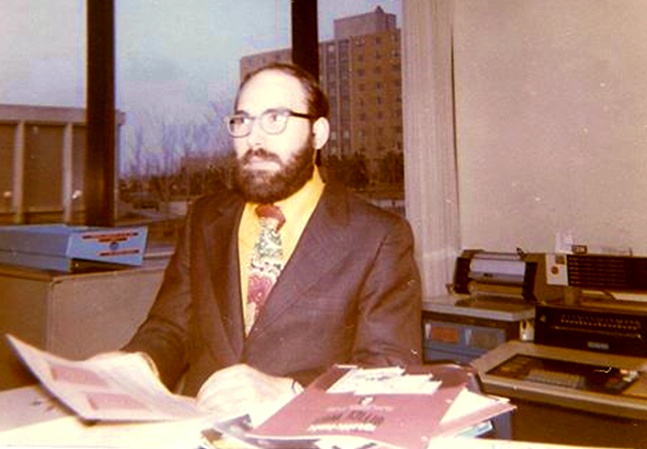
Teaching Computer Science as Assistant
Professor at SUCO
Courses Taught: |
|
|---|
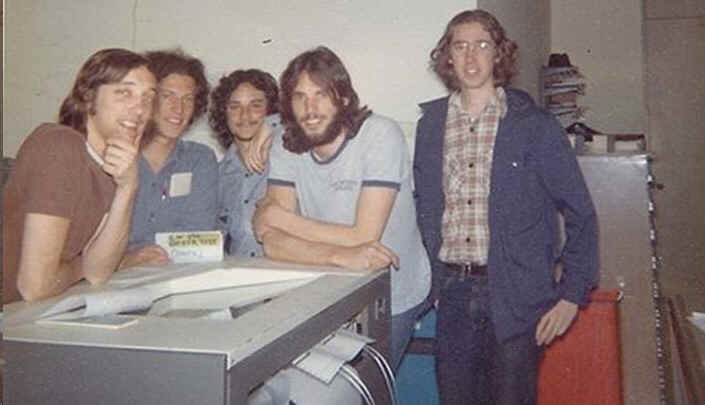
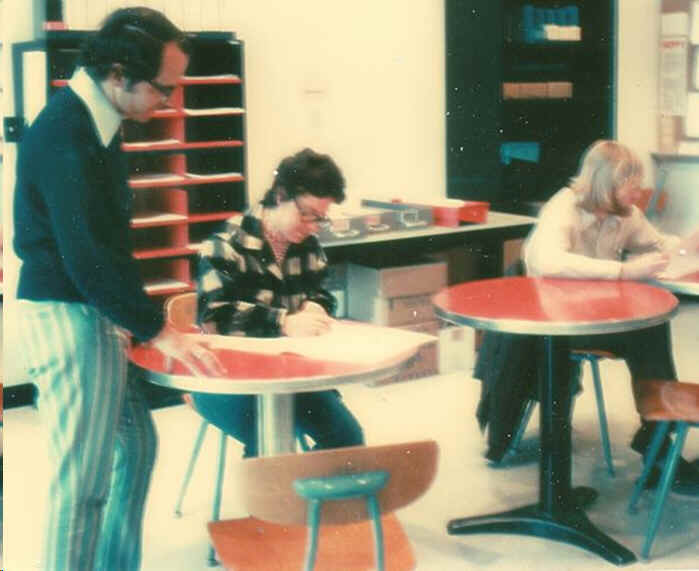
Some of my computer science
students at work in the Computer Lab
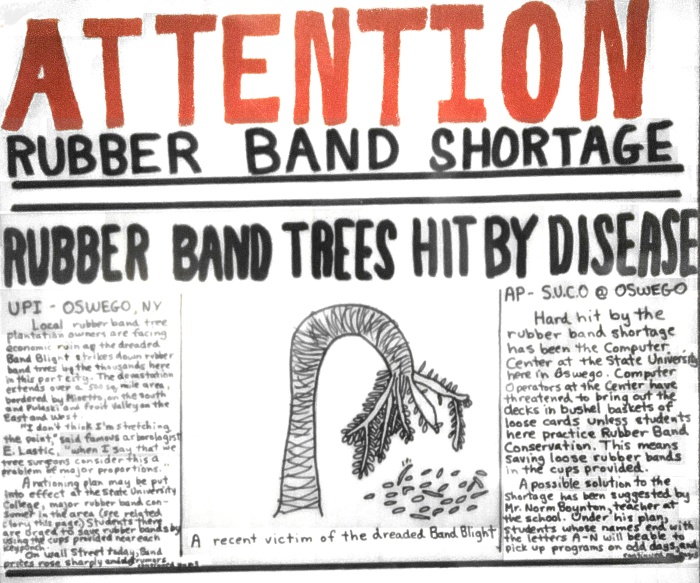
( The sign above was my attempt to remind students to save
the
rubber bands they wrapped around their card deck programs. )
| Students' Comments | ||
| Tim
Masters: (5/8/15) |
Mr
Boynton (I still have to call you this!) - Many
thanks to Carol for pointing me to you. I've wanted to contact you for many years to tell you that in my years of college (all the way to PhD in statistics) you were hands-down the best professor I ever had. Your teaching skills and dedication to students set you apart. Your influence on me was profound. Thank you! |
|
| Carol Pogust: | I second that ! | |
| Tim Masters: | What I
remember most about your teaching was your MALIC language. When I tell people that the first computer language I was taught was assembler, they find it hard to believe. But if I ever taught programming, I would do the same. What a wonderful introduction to computers! |
|
| Ted
Blank: (5/19/15) |
Norm, I
want to echo Tim Masters' comments below, and also thank Carol P. for making the connection to our "Mr. Boynton" from SUNY Oswego days. I was a Chemistry major at SUNY College of Forestry (as it was called then) for 2.5 years but drifted into programming (in APL of all things) in my spare time there. When I finally decided to make CS my major there were only three SUNY locations that offered a BS in Computer Science - Buffalo, Stony Brook and Oswego. Since I had most of my general electives out of the way I "only" had to take 5 computer courses in each of 3 semesters to finish in 4 years, so I saw a lot of you (and vice versa). I loved every minute and hour and overnight and weekend of it. Thank you for teaching us the art and beauty as well as the science of programming. I still remember your MUSIC language that drove the plotter to create sheet music. I retired back in 2007 from a 26-year career at IBM and have worked at Oracle since then. It is not overstating to say I owe it all to you, as each of us is the product of our teachers as well as our parents. Hats off to you for doing it right. Best wishes to you and all your family. Ted Blank - Oswego class of '74 Example plot from my FORTRAN program that reads a song in my own language for specifying music notation, optionally transposes it to other keys, and prints it on a plotter: |
|
| My
Polaroid photo of my Systems Programming students: |
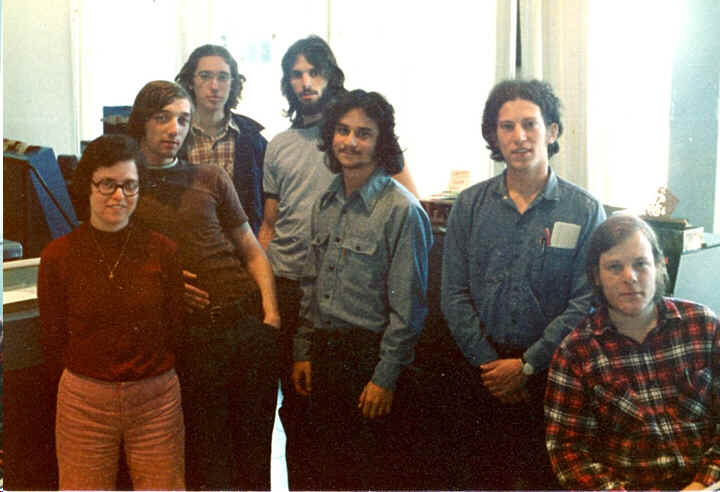 |
|
| Ted Blank: | With
punch cards and felt-tip pens in the pocket - well prepared for 24 years with IBM. Printer behind Carol, card reader behind me, IBM 1130 out of pic to the right. Thanks for the pic! 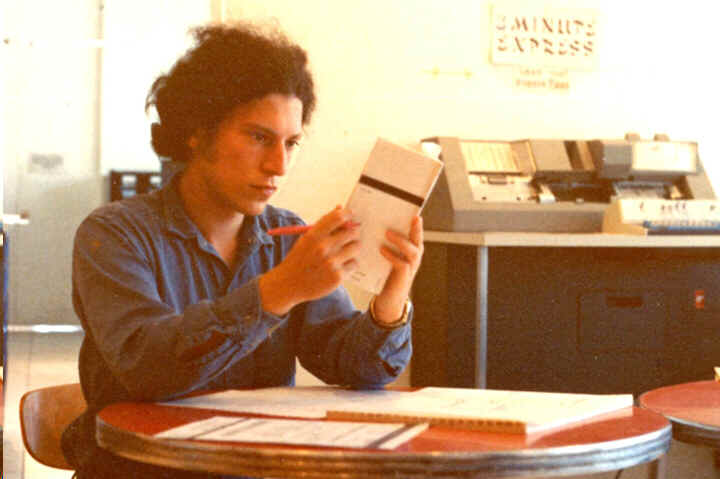 |
|
| Carol Pogust: | Somehow,
even without pockets, I was well prepared for 40 (and a half !) years at IBM : -) Still have my flow-charting template and my 1130 reference card: 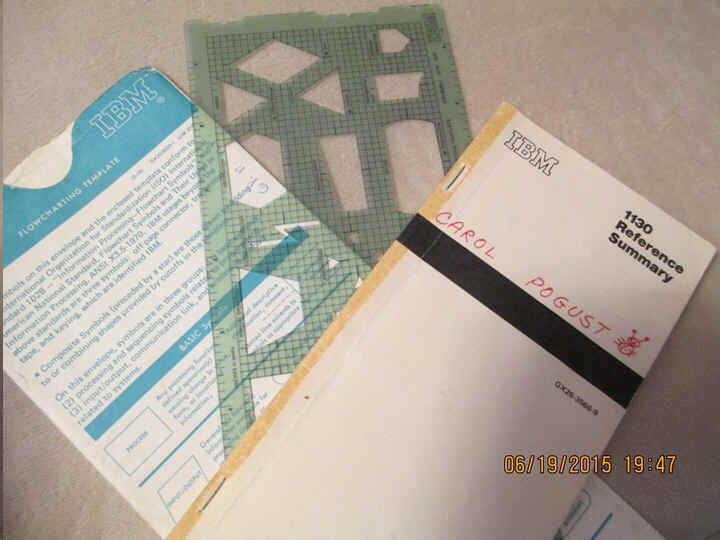 |
|
My Experience Teaching at Oswego |
SUCO is in Oswego, New York, on the Lake Ontario shore. It gets severe winter "lake effect" snow storms there. The walks from dorms to classroom buildings included ropes for students to grab to pull themselves to class against the extremely strong winds blowing off the Lake. I purchased a mobile home in Kalamazoo, loaded it with my few belongings, and had it delivered to an Oswego trailer park while I drove my Volkswagen there. I taught there for four years and usually drove back to visit my family in Michigan several times each year. I was assigned teaching a few basic
FORTRAN programming As students were appreciating my
teaching success, they came to In my fourth year of teaching, the
University changed its One year, meteorologists held a
conference on blizzards at our |

